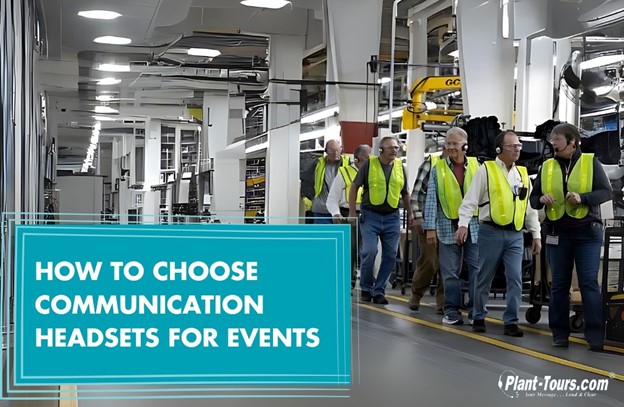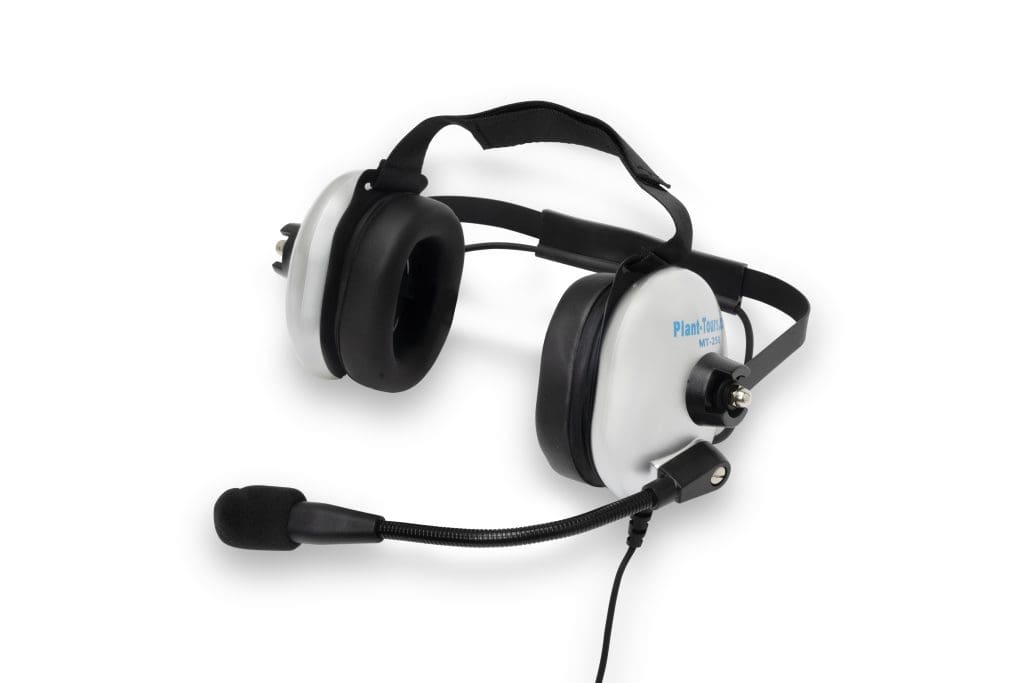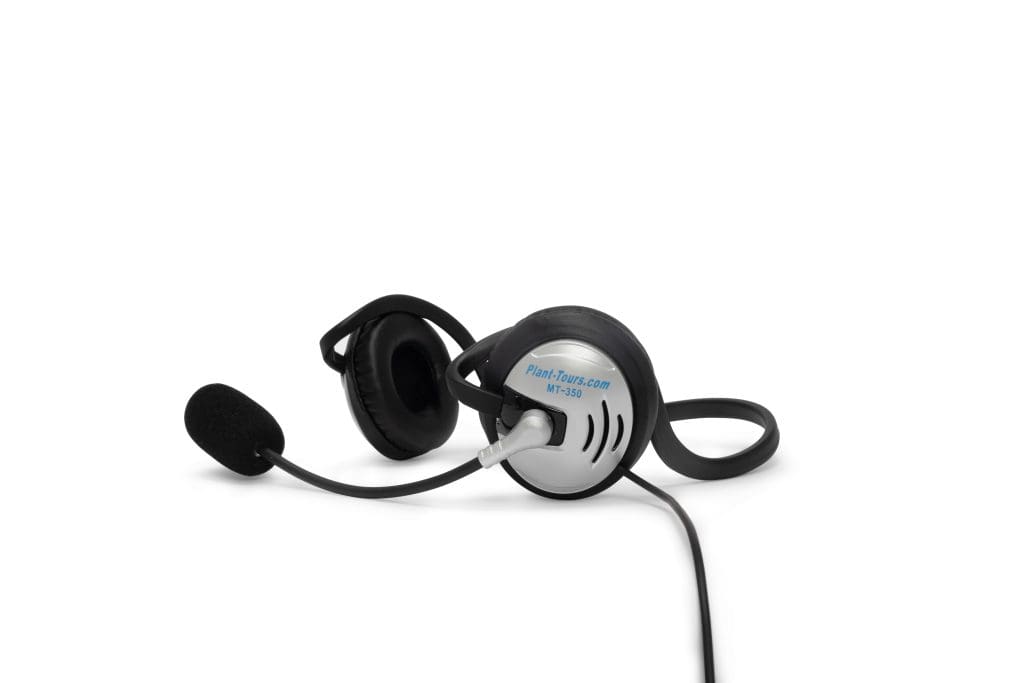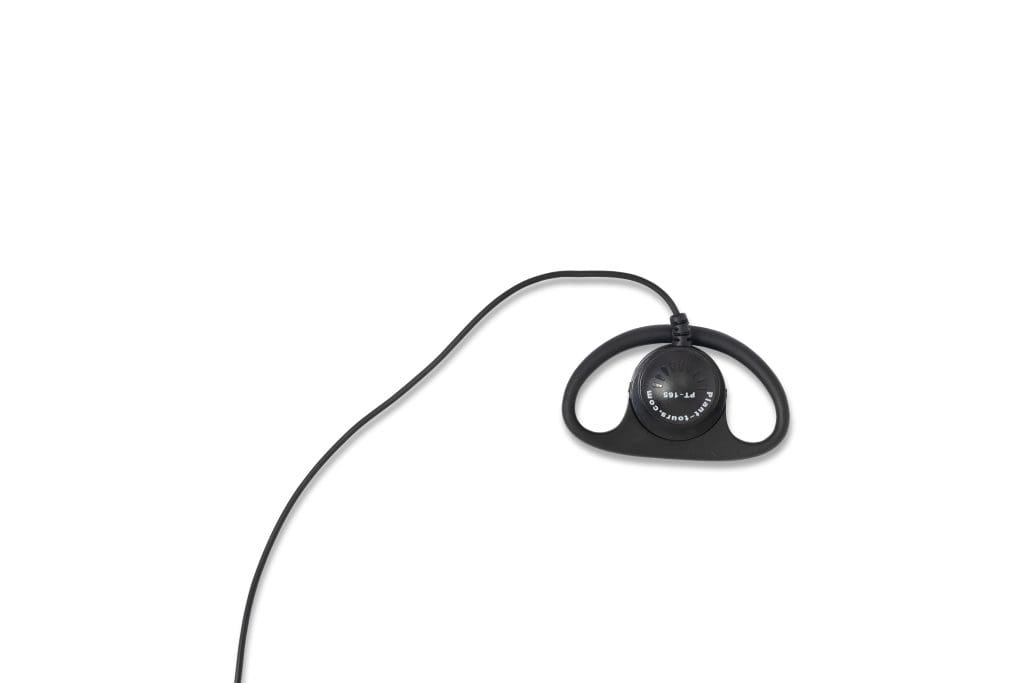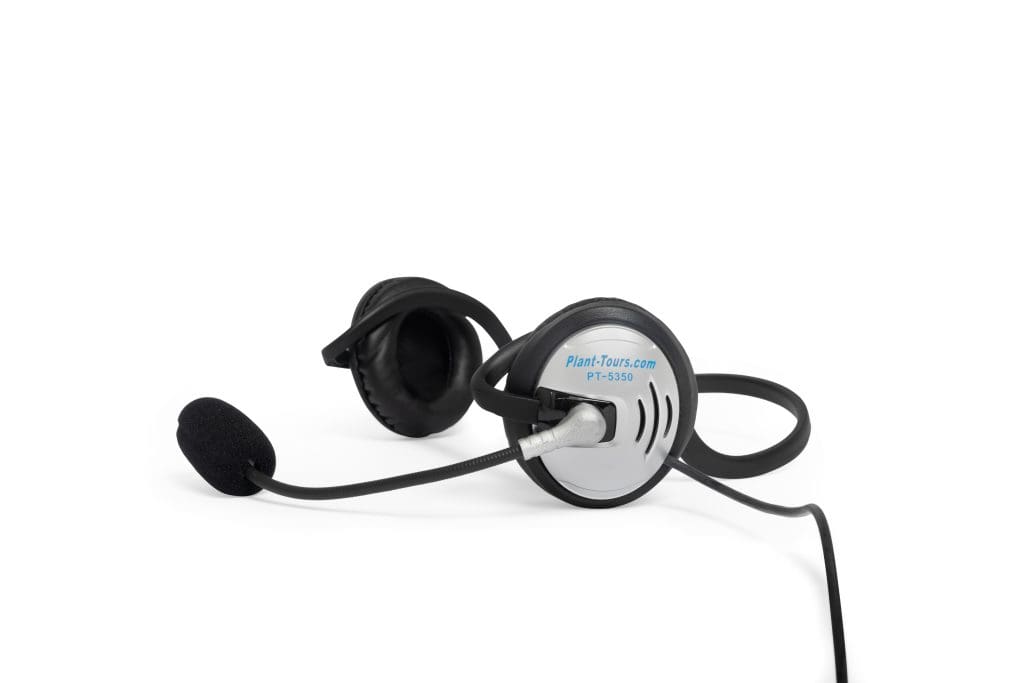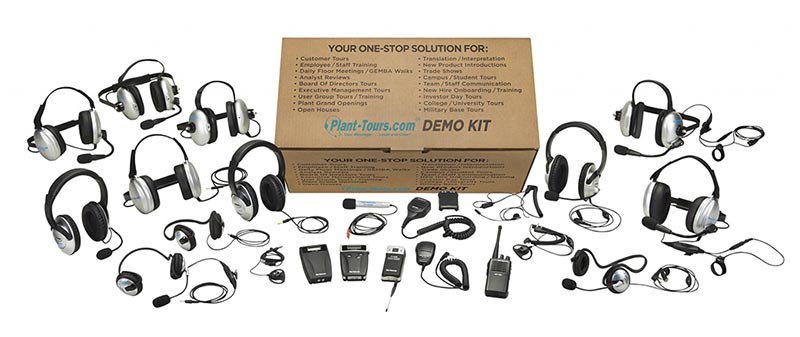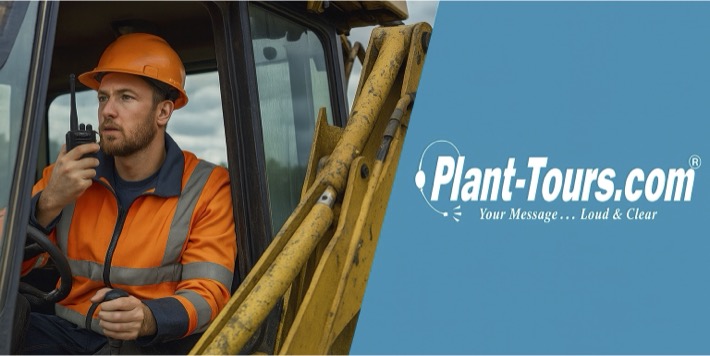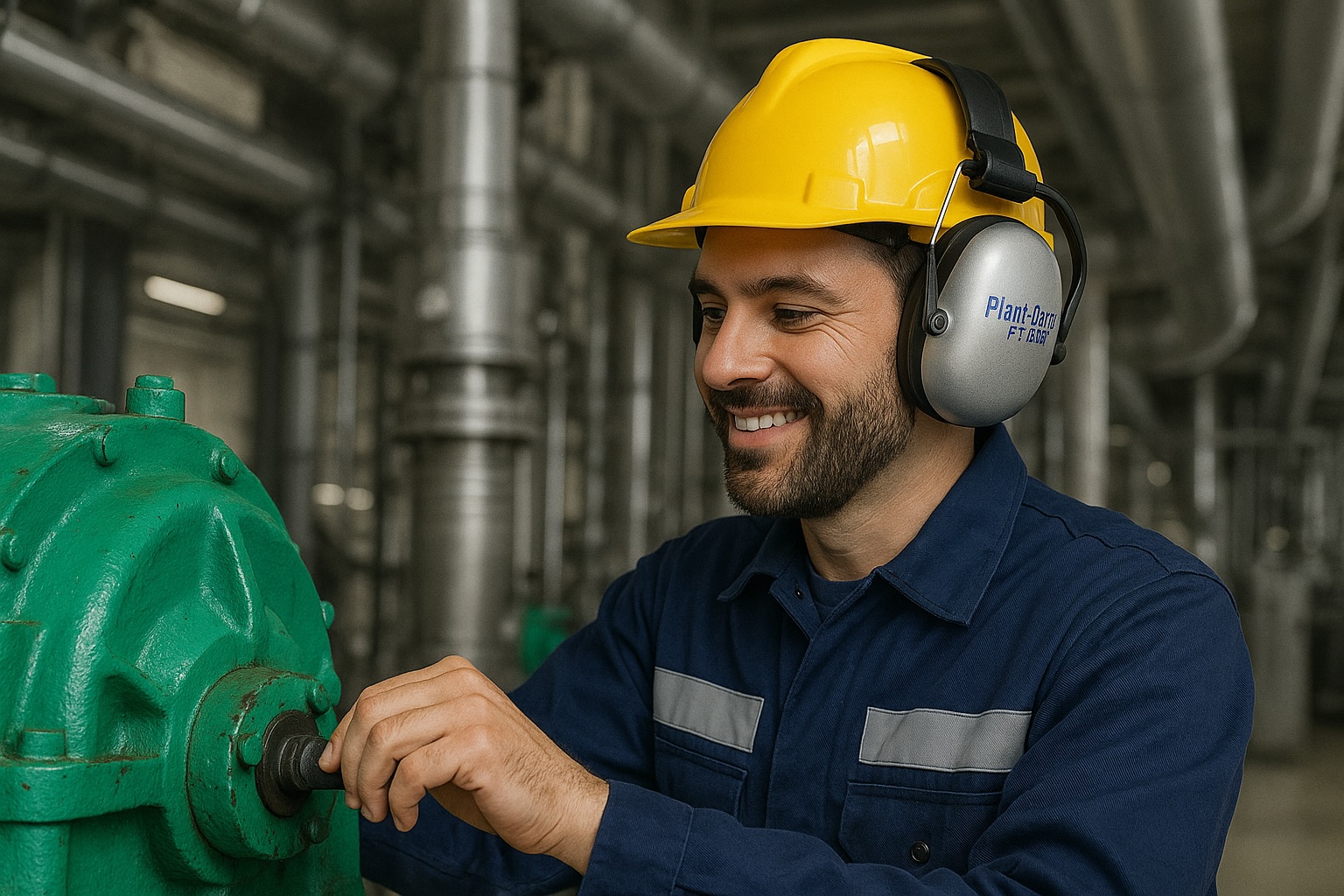When choosing communication headsets for an event, there are numerous options available. However, it’s essential to consider the type of event, the environment, and specific needs such as noise levels, the number of participants, and the communication range. This comprehensive guide will help you choose the right communication headsets for events, ensuring that you get the best equipment for the job.
From my experiences within the hospitality industry and communicating in loud environments such as racetracks and industrial facilities, I know that getting the right equipment is crucial to being heard. However, regardless of the setting, there are other factors you will need to consider relating to the type of event you are organizing.
For example, if you are giving Q&A tours of your factory or facility, you will need a headset that has a different set of features to one you would use at a trade show or training event. So, how can you ensure that you get the right headset for the job? Here, we look at what you need to know to match the right equipment to any event. Read on to learn more.
Choosing The Right Communication Headsets For Your Event
Before choosing the right headset, it’s important to understand the details of your specific event. Make sure you know the environment and settings your headsets will be used in, as well as how they’ll be used. Having a clear understanding of the nature of your event will help guarantee that you choose the best communication solution possible.
Ask yourself what interfaces you’ll use — i.e., will you have an analog base station or a wireless intercom system? Consider battery life — i.e., will you need multiple chargers and charging stations? Do you prefer hands-free communication or PTT (push-to-talk) options?
Additionally, while headsets are an integral part of our communication solution, it’s also important to match your receivers, transceivers, and accessories to your setting and event. You can find more information on each of these components and how they combine with your chosen headset by speaking to a member of the Plant-Tours team today.
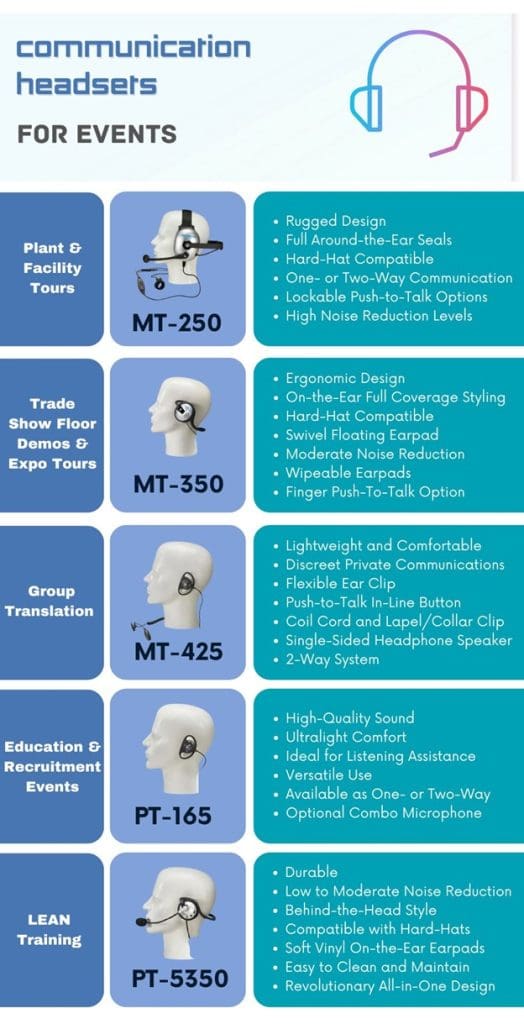
Plant & Facility Tours and Grand Openings
Industrial plants and facilities are known to be high-noise environments where communication can be challenging. In addition, the safety of workers, guests, and tour-guides must be a priority, and ensuring that everyone remains aware of their surroundings is critical. Finally, headsets should be robust and well-built to withstand the rigors of these environments.
I recommend the MT-250 Max-Noise Headset as an ideal choice for loud settings thanks to its rugged design that’s made for the most challenging environments. This full around-the-ear headset provides hearing protection while remaining comfortable even when used in combination with hard hats or bump caps.
Available as one- or two-way systems, the MT-250 also includes lockable push-to-talk options to provide convenient communication that allows full freedom of arm and hand motion. Our clients are always impressed by the noise reduction levels that still ensure high levels of situational awareness.
Trade Show Floor Demos & Expo Tours
Trade shows and expos can also be noisy environments, however, they rarely reach the same decibel levels as industrial settings. Still, it’s important that potential clients and customers can hear what you’re saying, as it could mean the difference between a sale and . The same is true for expo tours, where you may need to communicate complex explanations or demonstrations, with lots of background noise.
Having attended my fair share of trade shows and tours, I would recommend the MT-350 Low-Moderate Noise Headset that’s both discrete and comfortable over long periods. Featuring an ergonomic behind-the-head design that conforms to the natural contour of the ear, alongside on-the-ear full coverage styling that ensures an effective seal, it’s ideal for long days on the show floor.
The moderate noise reduction perfectly balances comfort and noise isolation, and wipeable earpads mean easy cleaning when they get passed around. Finally, a finger push-to-talk option provides convenient hands-free communication for the guide or leader, enabling full arm and hand freedom to show off your products or services.
Group Translation
While generally not the loudest environments, clear and precise communication is critical during group translation events. This means that, while noise cancellation is not necessarily a priority, responsive two-way systems that offer high levels of reliability are.
I recommend the MT-425 In-line Mic Earspeaker system for its lightweight and comfortable design that allows discreet private communications. A flexible ear clip and push-to-talk in-line button are ideal for all day use in low noise environments, while the coil cord and lapel/collar clip provides flexibility, durability and eliminates cord strain.
The single-ear headphone speaker means both radio and real-world communication are simple, and the 2-way system facilitates a reliable interactive experience that ensures precision and clarity.
Education & Recruitment Events
Headsets for education and recruitment events need to feature high-quality sound while remaining comfortable over long periods—sometimes for an entire day. The PT-165 Low Noise Single-Side Earspeaker offers ultralight comfort and is Ideal for areas where listening assistance is required.
I would recommend this particular headset due to its versatility, and our clients use them for onboarding and training, translation and interpretation, plus meetings, seminars, and outdoor tours on a regular basis.
Available in one- and two-way set ups, plus with an optional combo microphone option for trainers, the PT-165 ensures smooth Q&A interactions and uninterrupted education processes.
LEAN Training Events
The continuous nature of LEAN training and its approach to process optimization, waste reduction, and the refinement of instructional design and delivery methods, mean that headsets for these events need to be durable and ready at a moment’s notice.
I have given LEAN training sessions myself, and realize the importance of a simple and reliable system that can be simply picked up and used without long set-up times. For this reason, I suggest the PT-5350 All-in-one Guide Headset, designed for tour leaders and trainers in low to moderate noise environments.
The behind-the-head style ensures comfort and compatibility with hard-hats in industrial settings, while the soft vinyl on-the-ear earpads are easy to clean and maintain. However, the revolutionary all-in-one design streamlines tour guide experience, allowing you to focus on the message and delivering clear instructions without distractions.
General Considerations When Choosing Communication Headsets
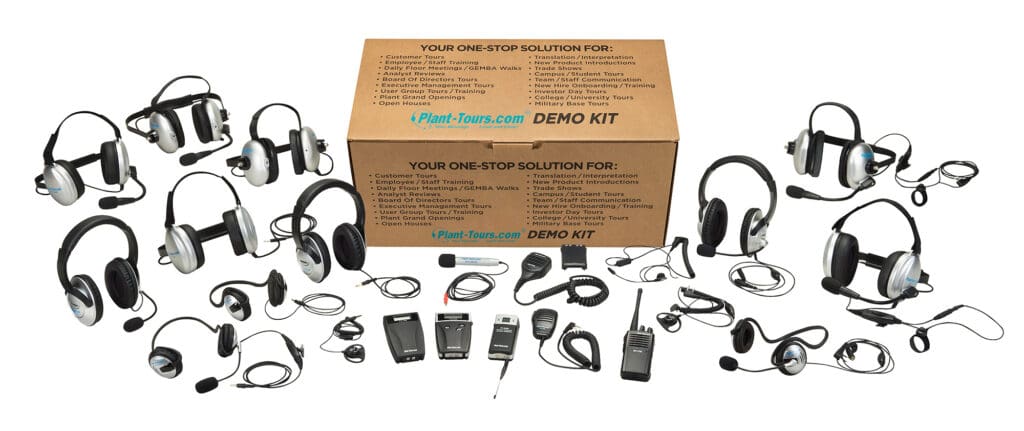
When considering communication headsets for your event, it’s a good idea to keep in mind the following considerations.
Level of Noise
Audio reaches our ears through sound waves. Meanwhile, the sound waves produced by background noise — aka ambient noise — can be both distracting and harmful.
A museum, for example, is typically quieter than an airport or factory. A small business conference will usually have a lower noise level than a rock concert. So the first thing you want to consider is how loud your event can get. You don’t have to get very scientific, but you want a general idea of what to expect.
-
- Moderate-Noise Environments — For less noisy environments, such as educational seminars or weddings, focus on headsets that offer clear audio without necessarily requiring heavy-duty noise-canceling features.
-
- High-Noise Environments — If your event takes place in a noisy setting, such as an industrial facility or a busy trade show, choose headsets with strong noise-canceling or noise-reduction capabilities.
Number of Participants
Consider who will be taking part in your event. Are you hosting a small private tour or a large international business conference? Will the number of participants stay the same or vary from day to day?
An accurate headcount will not only ensure that you have enough headsets, but will also be important in terms of functionality, connectivity, and your overall budget.
-
- Large Groups — In larger events, two-way communication systems may be necessary to allow for interaction between participants. Ensure that the headsets can handle multiple users simultaneously without interference.
-
- Small Groups — For events with a smaller number of participants, simple, easy-to-use headsets may suffice. Consider using one-way communication systems where only the guide or leader needs to speak.
Range
The distances involved are equally important. Is your event indoors or outside? Are all its participants always in the same area, or are they moving around? A standard radio headset can typically communicate between 150 feet to 2 miles, but the actual range capabilities depend on various factors. You can learn more about wireless range here.
-
- Long-Range — For larger venues or outdoor events, consider headsets with extended range capabilities to ensure clear communication across all areas.
-
- Short-Range — For events held in smaller venues, a short-range headset may be sufficient. Ensure that the headset’s range covers the entire event space without losing signal.
Two-Way or One-Way Communication?
Think about who’s doing the talking and who’s doing the listening. A two-way communication system uses a transceiver that enables all participants to listen and speak. At the same time, a one-way communication system means that most event members can listen but not communicate back.
-
- Two-Way Communication — Necessary for events where interaction is required, such as LEAN training or team communication and coordination during large events. It allows for real-time feedback and collaboration.
-
- One-Way Communication — Suitable for tours or presentations where only the guide or speaker needs to communicate with the group. It’s simpler and often more cost-effective for these types of events.
Types of Headsets
Headsets come in a wide range of designs, so understanding the various features on offer is also crucial. Our clients often ask about the following features, so we’ve included explanations below.
Noise-Canceling & Noise-Reduction Headsets
When selecting headsets, understanding the different types of noise-canceling technologies is essential, as each offers unique benefits depending on the environment and use case. Noise-canceling headsets significantly enhance the clarity and intelligibility of both audio and speech, making them invaluable in various settings.
-
- Passive Noise-Canceling —This type of noise cancellation blocks out external sounds using physical barriers such as ear cups or ear tips. These headsets are designed to fit snugly over or in your ears, providing insulation from ambient noise. Passive noise-canceling is effective in reducing background noise without the need for additional technology, making it a reliable choice for moderately noisy environments.
-
- Active Noise-Canceling — Active noise-canceling headsets go a step further by using built-in microphones to detect ambient noise. They then produce an opposite signal to cancel it out. This technology is especially useful in very noisy environments, such as industrial facilities or busy trade shows, where clear communication is critical. ANC headsets are highly effective at minimizing distractions, allowing you to focus on the task at hand.
-
- Adaptive Noise Cancellation — Adaptive noise cancellation combines the features of both passive and active noise-canceling technologies. It adjusts in real-time to the level of ambient noise, providing the best of both worlds. Whether in a quiet or noisy environment, adaptive noise-canceling headsets offer consistent clarity by adapting to changes in your surroundings. This technology is available in both over-ear, insulating headsets and compact in-ear earphones and earbuds, making it versatile for different settings.
High-Noise & Noise Reduction Headsets
Selecting the right headset for high-noise environments is crucial, as these settings demand specialized equipment to ensure clear communication. Understanding the difference between high-noise headsets and noise reduction headsets can help you choose the best option for your event.
-
- High-Noise Headsets — Specifically designed to operate in extremely loud environments, such as industrial plants, construction sites, or racetracks. High-noise headsets feature robust materials and advanced noise-canceling technology to block out excessive noise.
-
- Noise Reduction Headsets — Designed to minimize ambient noise in moderately loud environments. They often include passive noise-canceling features, such as well-insulated ear cups or ear tips, which help reduce background noise.
Wired Headsets and Wireless Headsets
The choice between wired and wireless headsets depends on the specific needs of your event, including mobility requirements, sound quality, and reliability. Each type of headset offers distinct advantages that cater to different scenarios.
-
- Wired Headsets — Provide a consistent and stable audio connection, ensuring high-quality sound without the risk of signal interference or dropouts. They are typically favored in stationary environments where users do not need to move around frequently, such as in educational seminars, training sessions, or control rooms.
-
- Wireless Headsets —Made for dynamic environments like trade shows, facility tours, or large events. They enable wireless communication using radio technologies to transmit audio, allowing for greater flexibility and convenience. Wireless headsets are ideal for event staff who need to be mobile, or for scenarios where participants need to communicate over a wide area.
Why Are Headsets Important in Events?
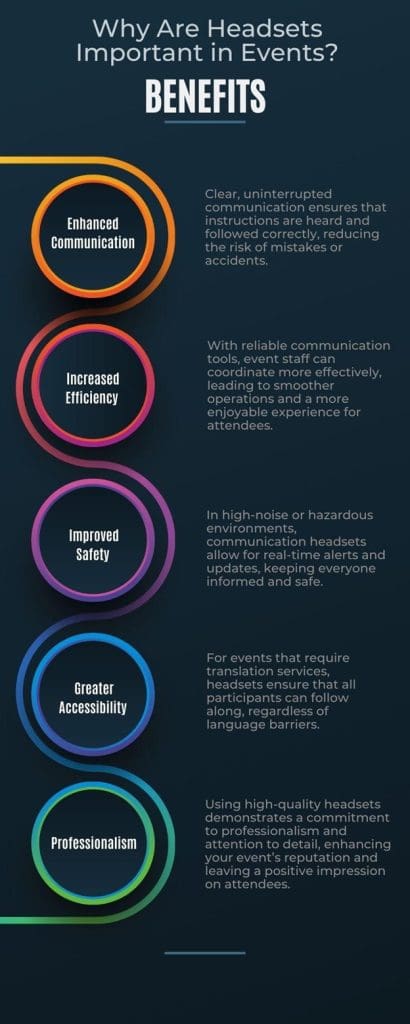
Communication headsets are crucial for ensuring that events run smoothly, efficiently, and safely. High-quality headsets provide clear communication, reduce misunderstandings, and enhance the overall experience for both organizers and participants. Here are some of the key benefits of using top-notch communication headsets in events:
-
- Enhanced Communication — Clear, uninterrupted communication ensures that instructions are heard and followed correctly, reducing the risk of mistakes or accidents.
-
- Increased Efficiency — With reliable communication tools, event staff can coordinate more effectively, leading to smoother operations and a more enjoyable experience for attendees.
-
- Improved Safety — In high-noise or hazardous environments, communication headsets allow for real-time alerts and updates, keeping everyone informed and safe.
-
- Greater Accessibility — For events that require translation services, headsets ensure that all participants can follow along, regardless of language barriers.
-
- Professionalism — Using high-quality headsets demonstrates a commitment to professionalism and attention to detail, enhancing your event’s reputation and leaving a positive impression on attendees.
By carefully considering the specific needs of your event and choosing the right communication headsets, you can ensure that your event is a success. Whether it’s a noisy industrial facility, a bustling trade show, or LEAN training event, the right headset will provide clear, reliable communication that keeps everything running smoothly.
Plant-Tours offers a variety of tour guide systems and headsets to help meet your specific event’s needs. Contact us today for a free demo kit that might help better plan the communication logistics before it’s go time.
